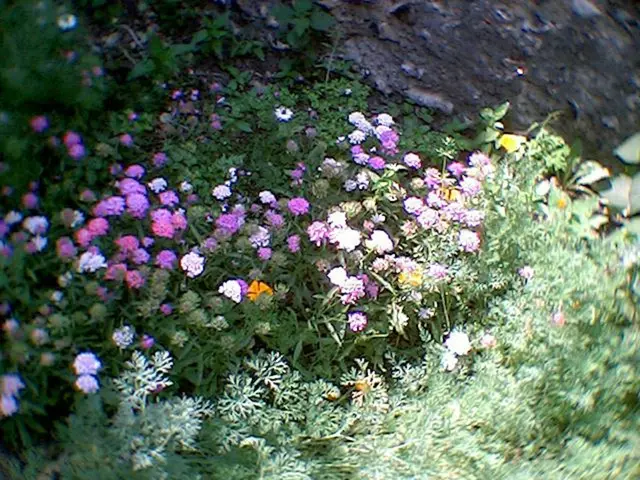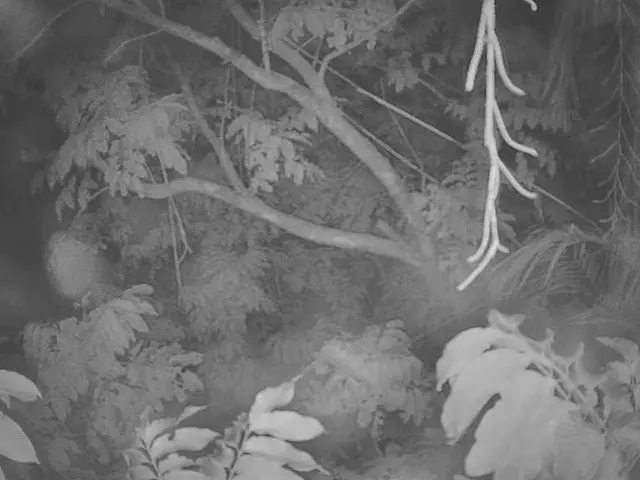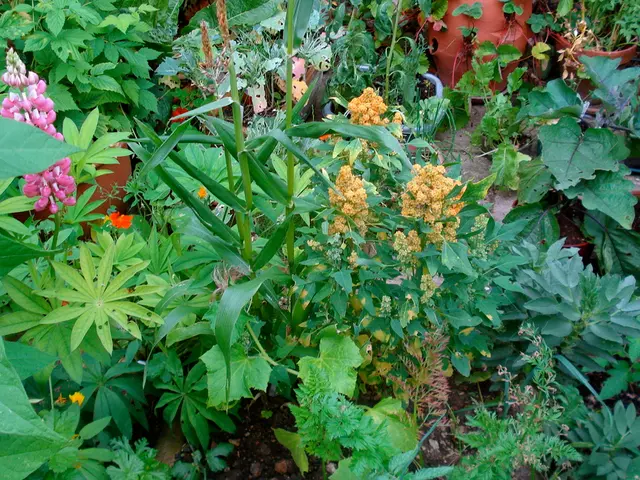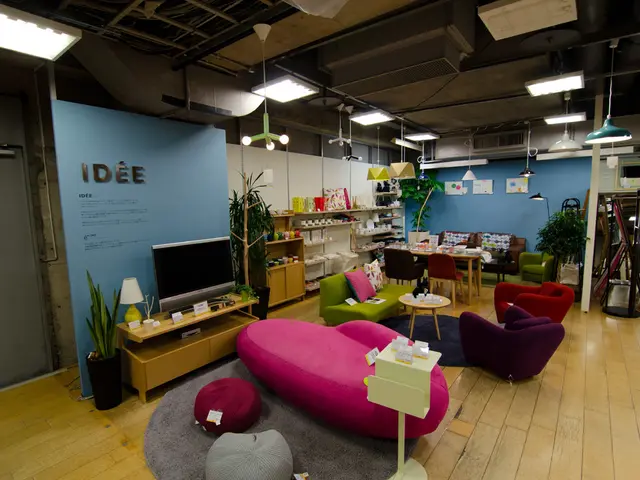Plantable Crops for July Harvest:
Digging your garden in mid-summer and finding empty patches or tired plants? You might think it's too late to plant new crops and get a harvest before the cool weather arrives, but that assumption is wrong as a bag of tricks!
Here are ten crops you can plant in July and enjoy a bountiful harvest in the fall. However, don't forget to pay attention to your region's climate, as some of these crops may need special considerations, especially in cooler areas.
Bush Beans
Bush beans are great for a mid-summer planting, especially if you're a bean enthusiast like me. They're quick to harvest and flush all their fruit at once, making it easy to add an extra round of these plants to your garden. My top pick for tucking in another bush bean planting: the Greenstalk Vertical Planter (*affiliate link).
Squash & Zucchini
Even if you didn't have space earlier in the year, or your squash and zucchini plants are looking worse for wear, you can still plant more! Since this crop comes to fruit in just a couple of short months, you've still plenty of time to get the seeds in the ground. At this point of the year, the soil is warm, and the seedlings will sprout in just a few days.
In fact, in my long season, I typically plant three plantings of squash and zucchini - April, June/July, and August - that way, I can replace pest-infested plants because I know I have more coming along.
Cucumbers
Late-season cucumbers offer more benefits than you might think. They sprout quickly in the warm summer soil and thrive in the heat. They do need something to climb on, so make sure you have a trellis for them to climb. Alternatively, plant them in grow bags or containers if you have a bush variety. Cucumbers will come to harvest in just a few quick months, and you can make pickles in the early fall or enjoy fresh salad cucumbers until your first frost.
Tomatoes
Yes, you read that right – tomatoes can still be planted in July and produce a harvest in the fall. Depending on where you live, purchasing a transplant is your best option for the best results. Opt for a smaller tomato that will mature faster unless you live in a hot climate where you can grow tomatoes throughout the fall.
Remember to plant tomatoes in the evening since they are prone to transplant shock if you plant them in the heat of the day. This mid-season planting is a great option if you've had issues with disease or pests in the earlier part of the year. This can also give you some extra tomatoes to preserve or enjoy later in the year.
Corn
Corn is a fantastic choice for a mid-summer planting. I actually prefer to wait until July to plant my corn because spring and early summer storms tend to blow down early corn plantings. Plus, often, spring crops have been harvested by then, leaving ample space for corn to grow.
Just keep in mind that a mid-summer planting of corn needs well-watered conditions, as heading into the hottest season of the year, soil dries out much faster, and corn requires more water than most crops. Make sure you have an irrigation method in place before you plant.
Okra
If you live in an area with hot summers, this is a crop that will thrive in your area. Okra germinates swiftly in warm soil and grows rapidly in temperatures over 90 degrees. Once the pods begin forming, you'll want to harvest daily, as they grow so fast. Try a short-season variety to get more harvest before the first frost arrives in the fall.
Peppers
For most parts of the country, there's still enough time to plant peppers. This would require purchasing transplants from the store, but you still have the rest of the summer to get a harvest. Peppers love the heat and will grow well during this time of year. You can still enjoy a great harvest of bell peppers, or you could experiment with unique peppers like Cayenne or Banana Peppers.
Black-Eyed Peas
Cowpeas are great options for those of us living in warm climates. Black-eyed peas or purple hull peas grow well in the heat and will produce a good crop for you even at this point in the season. Remember, they climb, so having a trellis for them to grow on will keep your harvest off the ground. This will give you a crop for the fall to freeze or can to enjoy throughout the winter.
Sweet Potatoes & Potatoes
While these plants grow differently, they can both be planted in July for a fall harvest. Sweet potatoes love heat and if you have an open trellis from some spring crops that you pulled out, they can climb up it and grow well.
Potatoes can be saved from your spring crop and replanted for a fall crop. This works well, especially if you don't have hard freezes until November.
Basil
Basil seeds can be directly sown into the ground this time of year. They will sprout well and grow quickly in the heat. You can harvest the leaves to make pesto or use in different sauces and dishes. Just remember to keep an eye out for flowering since it will change the flavor of the leaves. Simply pinching off the flowers before they fully form will prevent that from happening.
First Frost Date
All of the crops listed are summer crops and will be killed by a frost. If you don't already know when your first frost date is, you can find out the average first frost for your area by clicking here. Once you know the date, count the days backward to account for when your crops may mature and harvest before the freeze.
Finally, remember that this is just an average, so giving a few extra days for the plant to mature can help ensure you get a good harvest. To learn more about summer crops, you can watch the video below. Happy gardening!
Join us on Facebook, Twitter, Pinterest, Email, and WhatsApp to stay updated with tips for a thriving garden.
Free Resources
For those who are beginners wanting to grow a fruitful garden, I'm living proof that it's possible, and I'm here to help you make your dream garden a reality.
ACCESS THE FREE GUIDES NOW
- For a vibrant garden in the fall, consider adding bush beans, squash, zucchini, cucumbers, tomatoes, corn, okra, peppers, black-eyed peas, sweet potatoes, and potatoes, as well as basil, in July.
- To enhance your gardening and home-and-garden lifestyle, try using garden printables and the Greenstalk Vertical Planter for efficient planting and harvesting, particularly for bush beans.
- A thriving garden can contribute immensely to your overall lifestyle, so don't miss the opportunity to grow a bountiful harvest in your summer and autumn garden planning.







